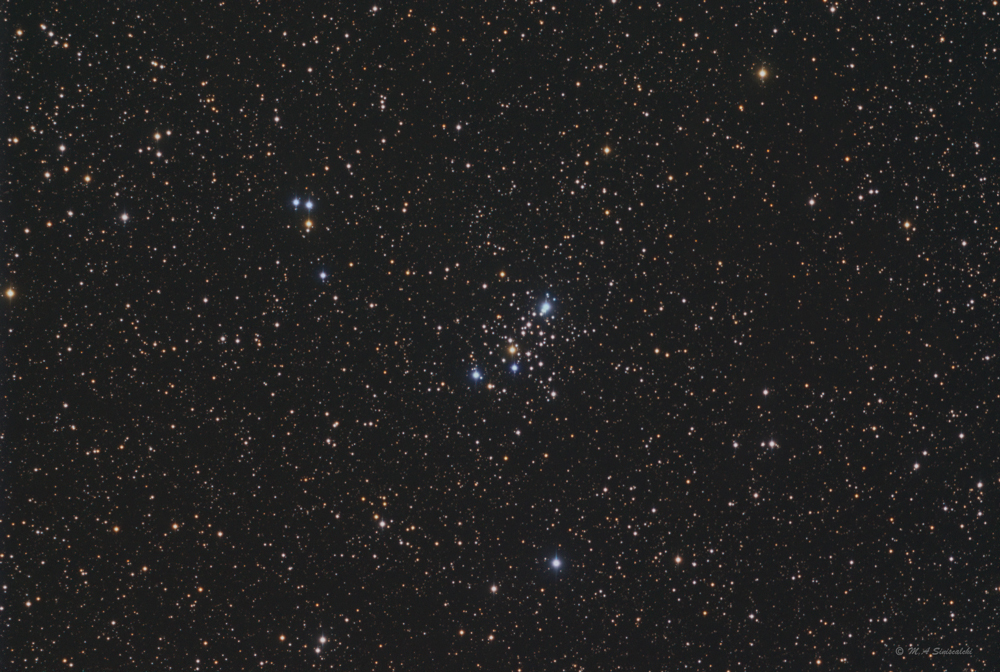
Location & Date
|
Backyard, Abbott Observatory- Long Island, NY, September 2022
|
Telescope
|
TMB130SS 910mm F/7 APO, Moonlite focuser, Losmandy G11 Gemini
Image scale 1.54 arcsec/pixel
|
Camera
|
SBIG ST-10XME
Baader LRGB filters
CCD temp -10°C
|
Exposures
|
L-12x3m Red-12x3m Green-12x3m Blue-12x3m Bin 1x1
|
Planning & Acquisition
|
Sequence Generator Pro
|
Processing
|
CCDStack - Calibration, Debloom
Astro Pixel Processor - LRGB Frame processing, RGB combine
Adobe PS - L + RGB blend, JPEG conversion
RC-Astro Star XTerminator & NoiseXTerminator
|
